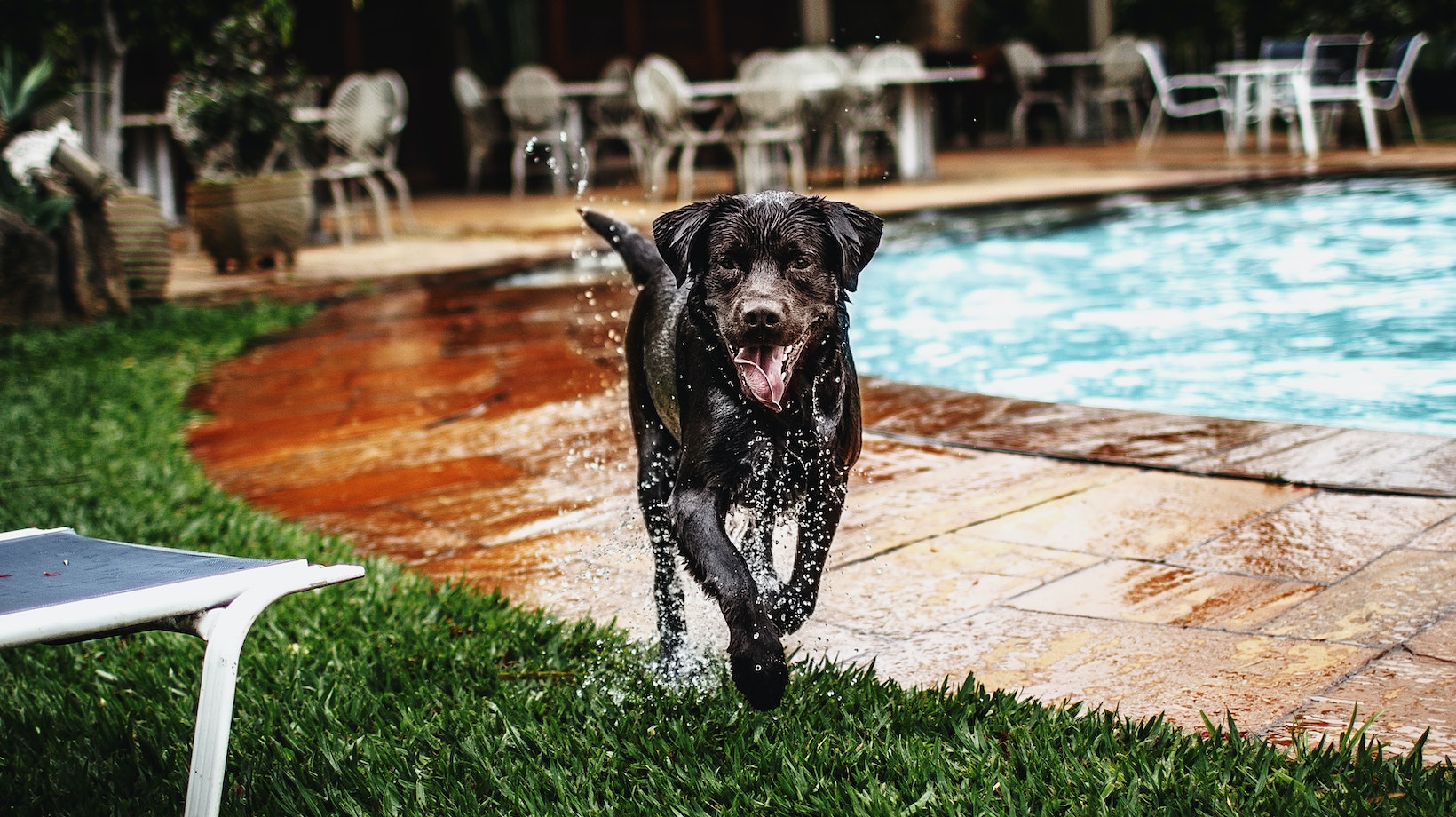How To Train Your Dog To Stop Pulling On Leash
First and foremost, it’s important to establish yourself as the pack leader. Dogs are naturally inclined to follow a strong leader, so assert yourself confidently and consistently. Use positive reinforcement techniques such as treats or praise when your dog walks calmly by your side without pulling. This will encourage them to repeat the behavior.
Another effective method is redirecting their attention. Dogs often pull because they are excited or distracted by something in their environment. Carry small treats or a favorite toy with you during walks, and whenever your dog starts pulling, redirect their focus back to you by offering a treat or engaging them with the toy.
Consistency is key when training dogs. Make sure everyone in your household follows the same rules and techniques for walking on a leash. Inconsistency can confuse your dog and hinder progress.
Teaching Basic Commands For Leash Walking
One of the most common challenges dog owners face is dealing with a dog that pulls on the leash during walks. It can be frustrating and make walks less enjoyable for both you and your furry friend. Fortunately, there are effective training methods to help teach your dog to walk politely on a leash. In this section, we’ll explore some essential commands and techniques that can help you achieve successful leash walking.
Using Reward-Based Training Methods
When it comes to teaching your dog anything, positive reinforcement is key. Reward-based training methods have been proven to be effective in shaping desired behaviors. The concept revolves around rewarding your dog for good behavior rather than punishing them for unwanted behavior.
To train a dog to stop pulling on the leash, start by using treats or verbal praise as rewards when they exhibit desirable walking behavior. For example, if your dog walks calmly beside you without pulling, offer them a treat or give them enthusiastic praise. This positive reinforcement will reinforce the idea that walking politely on the leash leads to pleasant rewards.
Teaching The ‘Let’s Go’ Command
An important command in leash walking training is teaching your dog the “Let’s Go” cue. This command signals to your pup that it’s time to start moving forward without pulling. Start by standing still with your dog beside you and say “Let’s Go” in an enthusiastic tone while taking a step forward.
Introducing Loose Leash Walking
Loose leash walking refers to having a relaxed leash with no tension between you and your pup while they walk by your side. To introduce this concept, start in a low-distraction environment and keep the leash relaxed. If your dog starts to pull, stop walking and wait for them to come back towards you.
When they return to your side or there is slack in the leash, resume walking and reward them with praise or treats. Gradually increase the difficulty level by practicing loose leash walking in more distracting environments such as parks or busy streets.

Using Positive Reinforcement Techniques
- Start with Basic Obedience Training: Before addressing leash pulling specifically, ensure that your dog has a solid foundation in basic obedience commands like “sit,” “stay,” and “heel.” This will establish a strong communication bond between you and your furry companion.
- Use High-Value Rewards: Find out what motivates your dog, whether it’s treats, praise, or playtime. Use these high-value rewards consistently during training sessions to reinforce good behavior when they walk politely beside you without pulling.
- Practice Loose Leash Walking: Gradually introduce the concept of loose leash walking by attaching the leash and encouraging your dog to walk beside you without tension on the leash. Whenever they maintain a slack leash or look up at you for guidance, reward them with praise and treats.
- Employ Clicker Training: Consider incorporating clicker training into your positive reinforcement routine. A clicker is a small device that produces a distinct sound when pressed, signaling to your dog that they have performed the desired behavior correctly. Pairing this sound with rewards helps reinforce good walking manners.
- Be Consistent and Patient: Consistency is key in any training process. Set aside regular time for practice sessions and be patient with your pup as they learn new behaviors. Remember that each dog progresses at its own pace, so celebrate small victories along the way.
- Seek Professional Help if Needed: If you’re struggling with leash pulling despite trying various techniques, consider seeking guidance from a professional dog trainer or behaviorist who specializes in positive reinforcement methods.
By using positive reinforcement techniques consistently and patiently working with your furry friend, you can teach them to walk calmly on a leash without pulling. Remember, training takes time and effort, but the bond and well-behaved walking companion you’ll gain are well worth it.